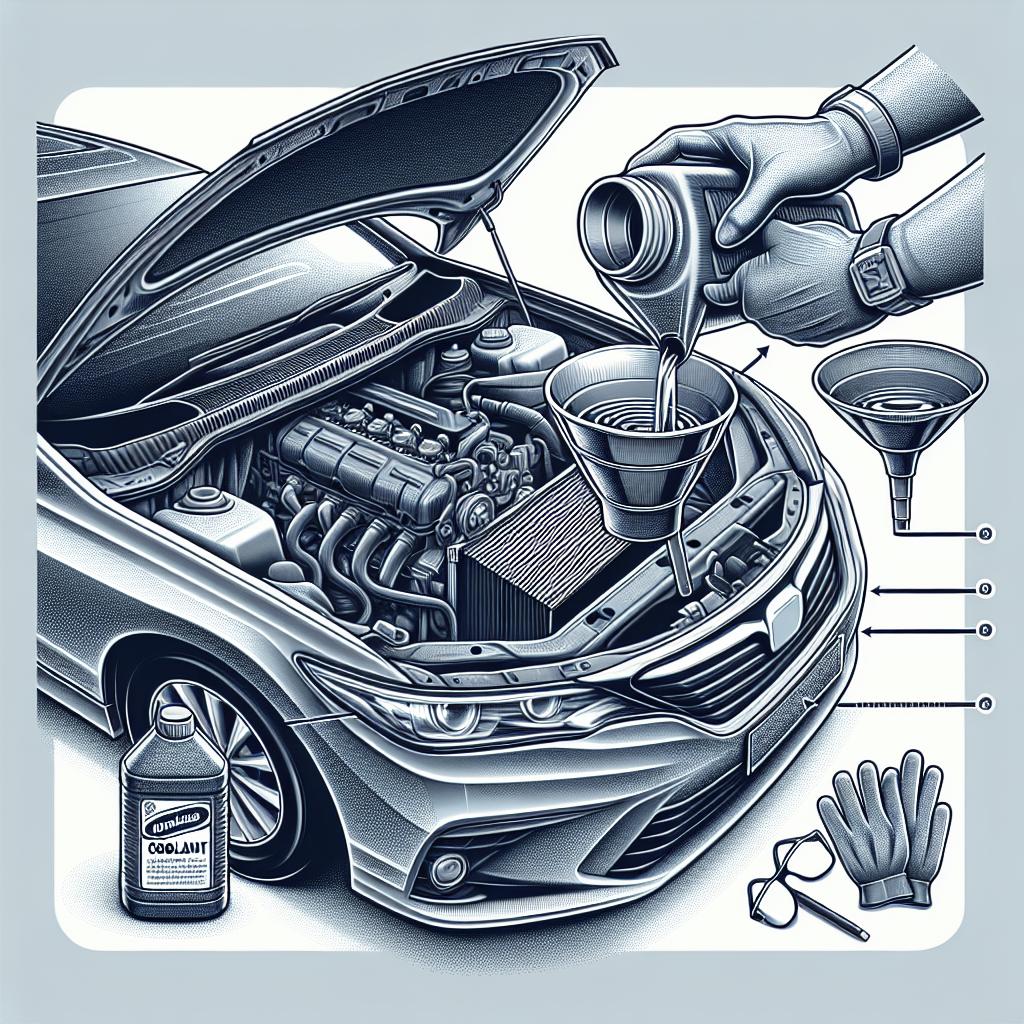“`html
Understanding Power Steering Problems: Essential Signs to Watch For
Experiencing issues with your vehicle’s steering can be both alarming and inconvenient. Power steering problems are a common concern among drivers, and recognizing the signs early can prevent more significant issues down the road. From stiff steering wheels to odd sounds emanating from the vehicle, each symptom can indicate an underlying problem with the power steering system. In this blog post, we’ll explore common signs of power steering problems, what they mean, and how you can address them. By staying informed, you can ensure your vehicle remains safe and easy to drive while potentially saving on costly repairs.
1. Your Steering Wheel Feels Stiff
This Common Power Steering Symptom Can Come on Gradually
One of the most noticeable signs of a power steering issue is a stiff steering wheel. This problem can come on gradually, making it harder to notice at first. As a driver, you may start to feel an increased effort is needed to turn the wheel. This could become particularly evident when maneuvering at low speeds or when executing tight turns.
Stiffness in the steering wheel often suggests there might be an issue with the power steering fluid levels or the power steering pump itself. Low fluid levels can reduce the hydraulic pressure necessary for smooth steering, while a failing pump may not generate the required force to assist in steering. Addressing this symptom early can prevent further damage to the steering system.
2. Your Car’s Steering Doesn’t Handle the Way it Used To
Changes in How Your Car Handles Can Include Pulling to One Side
If your vehicle begins to handle differently than it used to, it might indicate a power steering issue. You may notice that the car tends to pull to one side or that it becomes unstable, especially when driving at higher speeds. Such variations in steering behavior can compromise the safety and control of your vehicle.
These changes are often linked to uneven power steering pressure, which can be caused by issues like alignment problems or irregular wear in steering components. Regular maintenance checks can help address these issues early, ensuring that your steering remains precise and predictable.
3. Your Power Steering Fluid is Low or Discolored
Consult Your Owner’s Manual for How to Check Your Power Steering Fluid
Power steering fluid is crucial for the efficient functioning of your vehicle’s steering system. If the fluid level is low or the fluid itself appears discolored, it can be a sign of power steering problems. Checking the fluid level regularly and ensuring it is clear and amber-colored can help in diagnosing potential issues.
Low or discolored fluid may indicate a leak within the system or an issue with contamination, both of which should be addressed promptly. Refer to your vehicle’s owner’s manual to locate the power steering fluid reservoir and for guidance on how to check and top up the fluid if necessary.
4. You Hear a Squealing or Whining Sound
Listen Up if This Sound Increases at Higher RPMs
Unusual noises coming from your vehicle can be unsettling, and a squealing or whining sound when turning the steering wheel is often associated with power steering problems. This noise may become more pronounced as you increase the engine’s RPMs and attempt tighter maneuvers.
The root cause of this noise could be a slipping or worn-out power steering belt. Alternatively, it might be due to a deficit in the fluid level, leading to air bubbles within the system. Addressing these noises promptly can prevent more extensive damage to the power steering components.
5. You Hear a Groaning Sound
Groaning is a Critical Indicator of Power Steering Failure Due to Low Fluid
A groaning sound, particularly when turning the steering wheel, is a significant indicator of low power steering fluid levels or possibly fluid degradation. Such sounds mean that the system is not adequately lubricated, which can lead to increased friction and eventual failure.
Ignoring this sign can cause serious damage to the steering pump and other components, leading to expensive repairs. To avoid this, regularly check your power steering fluid levels and ensure any leaks are addressed immediately. Acting quickly can save you from more prolonged periods of repair in the future.
Prevent Power Steering Failure with the Best Auto Repair in Minneapolis
Ensuring your power steering system is in good shape optimizes the safety and performance of your vehicle. The best auto repair services in Minneapolis can help you prevent power steering issues by offering comprehensive checks and quality maintenance. Partnering with experienced professionals ensures that any emerging issues are caught early, saving you time and money in the long run.
Feel free to share your experiences or seek advice by commenting below. Our team is here to provide support and answer any questions you may have about maintaining your vehicle’s power steering system.
Submit a Comment Cancel reply
Power Steering Problem FAQ
- What should I do if my power steering fluid is low? – Check for leaks and top up the fluid, following your owner’s manual instructions.
- How can I prevent power steering issues? – Regular maintenance and fluid checks are key to preventing problems.
- Are power steering problems expensive to fix? – Costs vary, but addressing issues early can mitigate expenses.
Final Thoughts
The signs of power steering problems are crucial for ensuring a safe and comfortable driving experience. From stiff steering wheels to unfamiliar sounds, each symptom can warn of issues that need attention. By taking the time to recognize and address these signs early, you can maintain your vehicle’s performance and longevity. Below is a summary table to recap what we’ve discussed:
| Sign of Power Steering Problem | Description |
|---|---|
| Stiff Steering Wheel | Increased effort needed to turn; may indicate low fluid or pump issues. |
| Handling Changes | Car pulls to one side; may relate to uneven steering pressure. |
| Low/Discolored Fluid | Potential leaks or contamination in the system. |
| Squealing/Whining Sound | Could be due to a slipping belt or air in the system. |
| Groaning Sound | Critical indicator of low fluid, risking pump damage. |
“`


